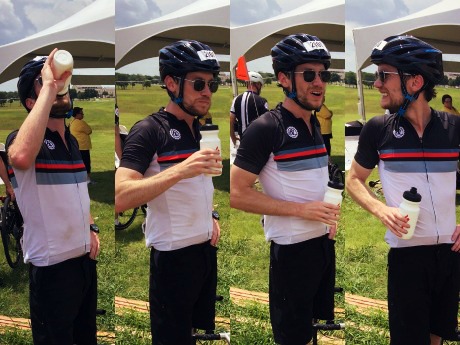
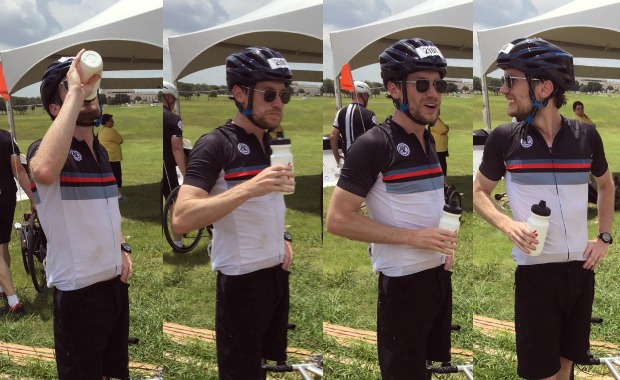
Follow Active.com Editor Brian Kendall as he trains for his first century ride. Check out his last entry here.
“Nutrition is the difference between completing a 40-mile ride and a 50-mile ride.”
Quick Tip
My cycling guru spoke these words before my first attempt at a metric century. And, like all noobs, I brushed it off with minimal consideration. Surely my cup of coffee and chocolate croissant, a whopping 300 calories of sugar and caffeine, could fuel me through 62 miles. Right?
Lesson learned.
How to Avoid Bonking
I often claim to be eternally on the struggle bus when in the saddle. Well, if I’m usually on the struggle bus at mile 10, God only knows what bus I was on when I hit mile 55.
My legs stopped working, my sweat glands went into overdrive, and my mind took an ill-timed siesta. My newfound cycling buddies told me this feeling of misery and despair was called “bonking” or “hitting the wall.”
There's a civil war going on within your body, and the good guys are waving the white flag.
It’s a funny sounding word that undoubtedly has its origins in 1920’s England, when full-body bathing suits and pork pie hats were all the rage. And the word certainly suits the empty feeling it’s tasked with describing.
The science behind bonking is full of big words and technical descriptions that soar over my elementary understanding of anatomy and chemistry. But, in layman’s terms, there’s a civil war going on within your body, and the good guys—who just ran out of ammunition—are waving the white flag.
Unfortunately, the key to curing a bonk is never getting there to begin with. Here are some mistakes I made—and lessons I learned—after my first bonking experience:
1. Carbs are your friend. Starchy carbohydrates like bread, pasta and potatoes are jam-packed with sugar molecules that give you energy. Eating carb-heavy meals in the days leading up to the ride will ensure you’re arriving at the starting line well in the green.
2. Once you’re hungry, it’s too late. Eat, eat, eat. This is the simplest way to avoid the dreaded bonk. Calories are the gasoline that fuels your pedal stroke, and you’re likely to burn 600 calories per hour in the saddle (varies by rider, of course). This means you need to replace these calories ASAP. It’s a good strategy to consume at least 300 calories per hour.
3. Drink your calories. It’s tough to stomach gels, potato chips or chocolate chip cookies when you’re sweating like a sinner. While you can’t drink ALL of your calories, powdered add-ins and sports drinks are a good way to supplement your caloric intake. Don’t turn down a Coke, either, as this oft-avoided soft drink contains plenty of calories, sugars and caffeine. Two birds, one stone.
4. Take it easy. If it’s not a race and your only goal is to cross the finish line in one piece, there’s no need to push your legs past their breaking point (also called your “threshold”). Find a solid cadence, even if it’s at a snail’s pace, and stick with it. This tactic will burn far fewer calories, which makes your nutrition easier to manage. Find your pace and suck up the fact that others might pass you. Your ego will take a far bigger hit if you can’t even finish.
- 1
- of
- 2


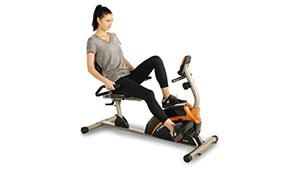
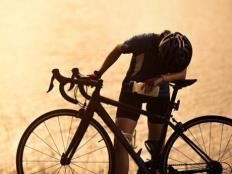



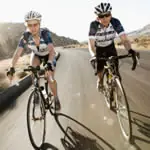
Discuss This Article